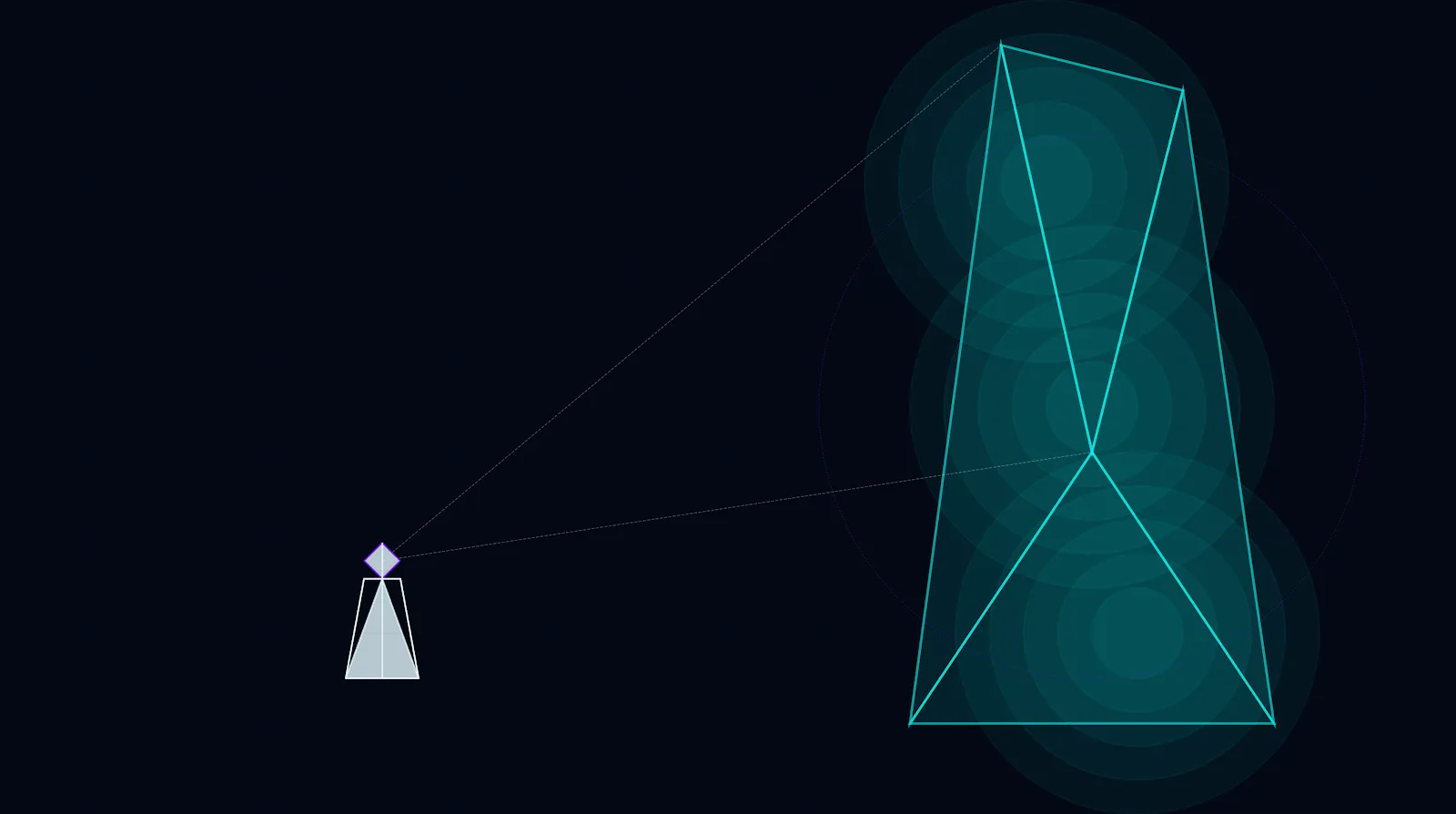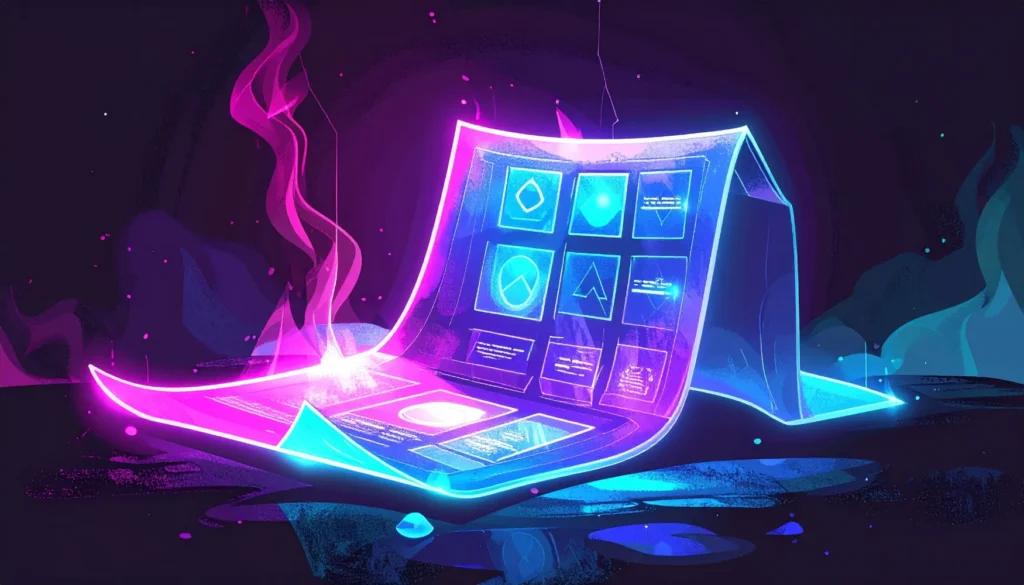
The Psychology of Brand Faith
Turning Customers into Converts Without Using Manipulation
Let’s be honest. You’ve seen those people.
The ones who defend Elon Musk’s latest decision as if he were a prophet interpreting a stone tablet. The ones who camp out overnight for a phone that does 99% of the same things their current phone does.
It’s easy to roll your eyes and call it a cult. It’s easy to dismiss it as “fanboy” behavior or irrational consumerism.
But if you look at it through the lens of data and psychology, you realize something profound is happening. These aren’t just customers. They are believers. And they aren’t just buying a product; they are fulfilling a spiritual need.
For a founder who values intelligence and strategy (that’s you), dismissing this phenomenon is a mistake. You don’t need to start a cult, but you do need to understand the psychological framework that turns a casual buyer into a lifelong evangelist.
Watch PTG’s Video on the Topic:
This isn’t about magic tricks. It’s about a specific, five-phase developmental process recently uncovered in a groundbreaking academic study. It’s a blueprint. And if you follow it, you can build a brand that doesn’t just sell, but means something.
What is Brand Faith?
Brand Faith is the psychological evolution where a consumer’s relationship with a brand transcends functional utility and becomes a source of existential meaning.
According to a 2025 study by Ryu, Miller, and Godfrey, this isn’t just “strong loyalty.” It is a spiritual process where the brand acts as a moral compass and a sacred entity.
It develops through five distinct phases: Intuition (the spark), Association (building the case), Reflection (the test of faith), Affirmation (the recommitment), and Universalization (total identity integration).
To achieve this, you must stop selling “features” and start selling a vision of the future that aligns with your customer’s deepest values.
Why We Seek “Sacred” Brands
Before we dive into the how, we need to understand the why.
We live in an era of secularization. Traditional community structures and religious institutions are playing a smaller role in many people’s lives. But the human need for meaning, for community, and for a “higher purpose” hasn’t gone away. It has simply migrated.
Your customers aren’t just looking for a software tool or a pair of sneakers. They are looking for:
- Identity: “Who am I?”
- Community: “Where do I belong?”
- Moral Guidance: “What is the ‘right’ way to live?”
When a brand steps up to answer these questions (think Apple answering the call for “Creative Rebels” or Tesla answering the call for “Eco-Futurists”) it stops being a vendor and starts being a partner in the customer’s spiritual journey.
This is the “Blue Ocean” of branding. While your competitors are fighting over price and features, you can be operating on the level of purpose.
The 5 Phases of Brand Faith (The Blueprint)
The study, titled “Brand Faith: How Spiritual Relationships Develop Between Consumers and Brands,” analyzed the deepest die-hard fans of Apple and Tesla.
Through a process called “netnography” (analyzing years of forum posts) and deep biographical interviews, the researchers mapped out exactly how this faith is formed.
Here is the roadmap.
Phase 1: Intuition (The Magical Spark)
This is love at first sight, but deeper. It’s not about specs. It’s a gut feeling.
In this phase, the consumer encounters your brand and feels an immediate, almost magnetic pull.
For example, if you perceive PTG Marketing as “special” or “futuristic”, you might be feeling the emotional recognition that “this brand gets me.” If so, you’re in the right place.
This means this blog post is building liking for my business and I. Yes!
- What’s happening psychologically: The consumer sees symbolic qualities in your brand that align with their ideal self.
- For the Marketer: You cannot trigger this with a list of features. You trigger this with Myth. Your visual identity, your manifesto, and your founder story must promise a transformation. You need to look and feel like the future they want to inhabit. Ignite an intuitive spark with a powerful brand narrative.
Phase 2: Association (The Research Rabbit Hole)
If you, dear reader, are anything like most folks who read articles like this one, you know this phase well. Why? Because you love the “research Rabbit Hole”.
Once the spark is lit (in Phase 1), the consumer’s brain goes into overdrive to justify the intuition. They start “connecting the dots.” They devour your blog posts, watch your YouTube tutorials, and lurk in your community.
Crucially, this is a period of motivated reasoning. They want to believe. They will actively look for information that confirms their gut feeling and downplay information that contradicts it.
- For the Marketer: Feed the beast. Provide deep, intellectual content that validates their intuition. Give them the wisdom that backs up the promise. If they are looking for reasons to believe, give them a library of evidence.
Phase 3: Reflection (The Crisis of Faith)
This is the most counter-intuitive finding of the study.
Eventually, the honeymoon ends. The product bugs out. The customer service drops the ball. A beloved leader dies or leaves. The consumer experiences doubt.
Most marketers think doubt is the end of the road. But in the context of Brand Faith, doubt is necessary for growth.
The researchers found that consumers enter a period of deep reflection. They wrestle with their loyalty. They question if the brand is still worthy.
- For the Marketer: Do not hide from crises. When you mess up, or when the market shifts, address it with radical transparency. This is the moment where you stop being a corporation and start being a human entity capable of growth. Use two-sided messaging to build radical trust.
Phase 4: Affirmation (The Recommitment)
If the brand navigates the crisis well (or if the consumer finds a way to rationalize the issue) they enter the Affirmation phase.
This is where the magic happens. By overcoming their doubt, their faith becomes stronger than it was before. They haven’t just blindly followed; they have chosen you again.
They reinterpret the “crisis” as a necessary test or a minor bump on the road to a greater vision.
- For the Marketer: Reward loyalty. Acknowledge the journey. Show that you are also committed to the long-term vision. This solidifies the emotional contract codified in your official brand sheet.
Phase 5: Universalization (The Worldview)
This is the final stage. The brand is no longer a separate entity; it is woven into the consumer’s identity.
The brand’s values become the consumer’s values. An Apple user doesn’t just use a Mac; they “Think Different” in their approach to parenting, art, and business. A Tesla owner doesn’t just drive an EV; they view themselves as a pioneer of a sustainable energy future.
The brand becomes a “moral anchor”.
- For the Marketer: This is where you empower your community to lead. Give them tools to evangelize. Your role shifts from “seller” to “guide.”
How to Engineer “Faith” (Ethically)
You might be thinking, “I’m a solopreneur selling a productivity course, not Steve Jobs. How does this apply to me?”
The principles are identical. In fact, it’s easier for small businesses because you are a real person, not a faceless conglomerate. Here is your action plan:
1. Define Your Myth, Not Just Your Niche
Don’t just sell “SEO services.” Sell “The Truth About Google That Agencies Hide.”
Don’t just sell “Fitness coaching.” Sell “Reclaiming Your Body From a Sedentary World.”
You need a narrative that paints a picture of a battle between the “old, broken way” and your “new, enlightened way.”
2. Embrace the “Sage” and the “Magician”
You need both.
- The Magician provides the Intuition (Phase 1) and the Universalization (Phase 5). This is your vision, your design, your “vibe.”
- The Sage supports the Association (Phase 2) and the Reflection (Phase 3). This is your data, your transparency, your logic.
If you are all magic, you’re a scam. If you are all logic, you’re a commodity. You have to be both.
3. Weaponize the “I Was Wrong” Rule
Remember Phase 3 (Reflection)? You can simulate this to build trust.
Admit to past mistakes. Tell your audience about the strategies you tried that failed.
- “I used to think [Popular Opinion] was the answer. I was wrong. Here is what I learned.”
This vulnerability proves you are on a journey with them, making it safe for them to follow you.
4. Create Rituals and Artifacts
Faith requires tangible touchpoints.
- Language: Create a lexicon. (e.g., We don’t say “customer profile”; we say “Customer Crystallizer”).
- Artifacts: Make your deliverables feel valuable. A “PDF report” is trash. A “Strategic Blueprint” is gold.
- Rituals: Have a specific way you welcome new members or celebrate wins.
A Warning: The Dark Side of Faith
We have to touch on the ethics here.
The study notes that while Brand Faith empowers consumers, it also makes them vulnerable. If you build this level of trust, you have a moral obligation not to exploit it.
When a consumer ties their identity to your brand, a betrayal (like selling their data, drastically dropping quality for profit, or lying) causes genuine psychological pain.
Do not use these tactics to sell snake oil. Use them to help people become who they want to be.
Summary: The Path to the Sacred Brand
You are tired of the “hustle.” You are tired of churning out content that disappears into the void.
The antidote is depth.
By understanding the psychology of Brand Faith, you stop shouting into a megaphone and start whispering directly to the soul of your ideal customer.
Here is the recap of the Brand Faith Rule:
- Ignite Intuition: Create a visual and narrative identity that feels like “home” for your specific tribe.
- Fuel Association: Provide the intellectual ammo (blogs, data, insights) they need to justify their feelings.
- Honor Reflection: Treat doubts and mistakes as opportunities to deepen the relationship through honesty.
- Invite Affirmation: consistency leads to recommitment.
- Achieve Universalization: Align your brand’s mission with their life’s purpose.
You don’t need a billion dollars to do this. You just need a vision that is worthy of belief.
Resources Used to Write This Article:
Kyungin Ryu, Elizabeth G Miller, D Matthew Godfrey, Brand Faith: How Spiritual Relationships Develop Between Consumers and Brands, Journal of Consumer Research, 2025.
Read Article





